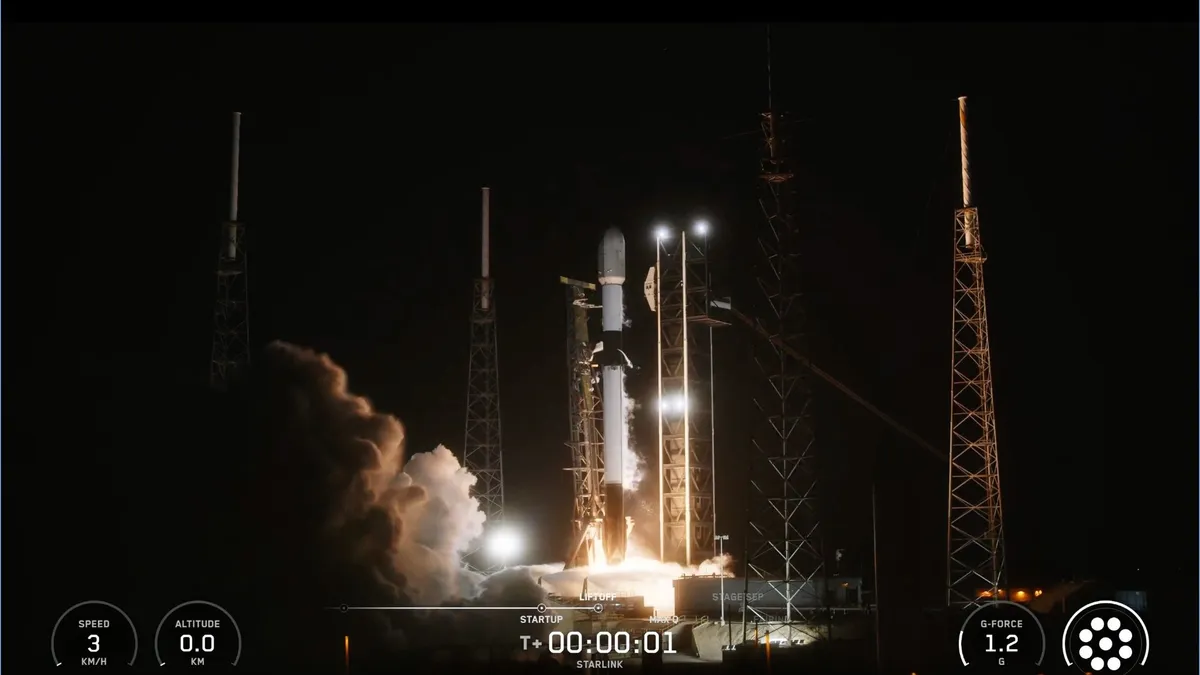
In a remarkable feat of modern technology, SpaceX launched another batch of its revolutionary Starlink broadband satellites into orbit early this morning, October 7. The mission commenced at precisely 2:46 a.m. EDT (0646 GMT) when a Falcon 9 rocket lifted off from the Cape Canaveral Space Force Station in Florida.
The launch was executed flawlessly, with the rocket's first stage returning to Earth as planned approximately 8.5 minutes post-launch. It made a successful landing in the Atlantic Ocean aboard the SpaceX drone ship, A Shortfall of Gravitas. This marked the eighth successful launch and landing for this particular booster, designated B1090, showcasing the reusability of SpaceX's technology.
Following the initial phase, the Falcon 9's upper stage continued its mission, propelling the Starlink satellites toward low Earth orbit (LEO). The deployment of these satellites is scheduled to occur about 64 minutes after liftoff, expanding the global reach of Starlink's broadband service.
Today’s launch not only marked the 126th flight of the Falcon 9 rocket this year but also represented the 130th overall liftoff for SpaceX. This achievement underscores the company's commitment to enhancing global internet connectivity through its innovative satellite constellation.
As SpaceX continues to expand its fleet of Starlink satellites, the implications for broadband access worldwide are profound. The successful launch further solidifies SpaceX's position as a leader in the aerospace industry and a pioneer in satellite internet technology.